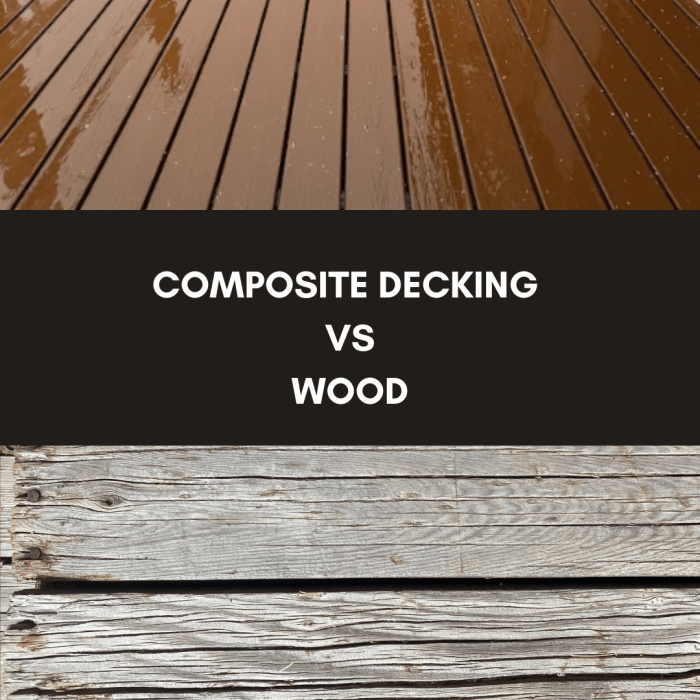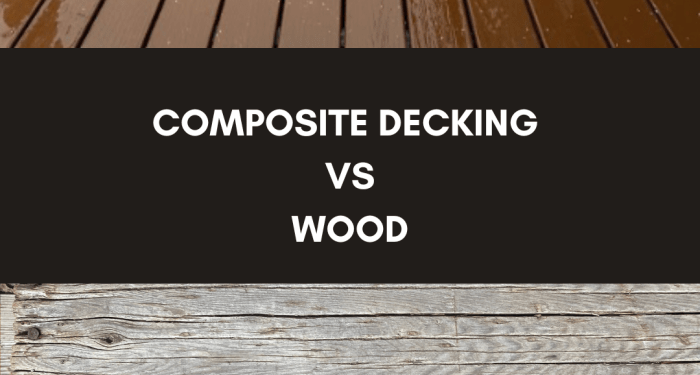Delve into the world of siding materials with a detailed comparison of wood, metal, and composite options. Explore the unique characteristics and benefits of each material, shedding light on the ideal choice for your property.
Comparing wood, metal, and composite siding
Wood siding is a popular choice due to its natural beauty and versatility. It can be painted or stained in various colors, offering a traditional and timeless look. However, wood siding requires regular maintenance to prevent rot, mold, and insect infestations.
Characteristics and Properties of Wood Siding
- Wood siding is environmentally friendly and biodegradable, making it a sustainable option.
- It provides excellent insulation properties, helping to regulate indoor temperatures.
- Wood siding can be easily customized to fit the design and style preferences of homeowners.
- However, it is susceptible to moisture damage and requires regular upkeep to maintain its appearance and integrity.
Overview of Metal Siding Types and Durability
Metal siding, such as steel or aluminum, is known for its durability and low maintenance requirements. It is resistant to fire, rot, and pests, making it a long-lasting option for homeowners. Metal siding comes in various styles, including corrugated, vertical panels, and shingles.
Advantages of Composite Siding
- Composite siding is a blend of wood fibers, resin, and other materials, offering the natural look of wood without the maintenance requirements.
- It is highly durable, resistant to rot, insects, and moisture, making it a long-lasting and low-maintenance option.
- Composite siding is available in a wide range of colors and styles, providing homeowners with versatile design choices.
- It offers excellent insulation properties, helping to improve energy efficiency in homes.
Durability and maintenance
Wood, metal, and composite siding each have unique characteristics when it comes to durability and maintenance. Let's explore how these different materials hold up over time.
Maintenance Requirements
When it comes to maintenance, wood siding typically requires the most attention. It needs to be regularly stained or painted to protect it from the elements and prevent rotting. Metal siding is relatively low maintenance, only needing occasional cleaning to remove dirt and debris.
Composite siding falls in between, requiring less maintenance than wood but more than metal.
Durability Against Elements
Wood siding is susceptible to moisture damage, sunlight exposure, and pest infestations. Without proper maintenance, wood can rot, warp, or attract insects. Metal siding is resistant to moisture and pests, but it can be prone to rust if not properly treated.
Composite siding is designed to withstand moisture and UV exposure, making it a durable option for long-term use.
Longevity of Siding
In terms of longevity, wood siding has a lifespan of around 20-40 years with proper maintenance. Metal siding can last 30-50 years, depending on the type of metal and climate conditions. Composite siding is known for its durability and can last 30-50 years or more, making it a popular choice for homeowners looking for a long-lasting option.
Cost considerations
When it comes to choosing the right siding material for your home, cost is a crucial factor to consider. Let's take a closer look at the initial costs of installing wood, metal, and composite siding, as well as the long-term cost-effectiveness of each material, along with any cost-saving measures associated with maintenance.
Initial costs
- Wood siding: Wood siding is typically one of the most expensive options upfront. The cost of wood siding can vary depending on the type of wood chosen, with cedar and redwood being among the pricier options. Installation costs can also be higher due to the skill required to properly install wood siding.
- Metal siding: Metal siding tends to have lower initial costs compared to wood siding. However, the cost can vary based on the type of metal used, such as aluminum or steel. Installation costs for metal siding are generally moderate.
- Composite siding: Composite siding falls somewhere in between wood and metal in terms of initial costs. While composite siding can mimic the look of wood at a lower price point, it is still more expensive than metal siding. Installation costs for composite siding are usually similar to that of wood siding.
Long-term cost-effectiveness
- Wood siding: Despite the higher initial costs, wood siding may require more frequent maintenance, such as staining or painting, to prevent rot and decay. Over time, these maintenance costs can add up, making wood siding less cost-effective in the long run.
- Metal siding: Metal siding is known for its durability and low maintenance requirements. While it may require occasional cleaning or repainting, metal siding is generally more cost-effective in the long term due to its longevity and resistance to pests and rot.
- Composite siding: Composite siding is designed to be low maintenance, requiring little more than occasional cleaning. While the initial cost of composite siding may be higher than metal siding, its durability and longevity can make it a cost-effective choice in the long run.
Cost-saving measures
- Regular inspections and maintenance: By regularly inspecting your siding for damage and addressing any issues promptly, you can prevent more costly repairs down the line.
- Proper installation: Choosing a reputable contractor for the installation of your siding can help ensure that it is done correctly the first time, reducing the likelihood of costly repairs or replacements in the future.
- Choosing a high-quality material: While it may require a higher initial investment, opting for a high-quality siding material can pay off in the long run by reducing the need for frequent repairs or replacements.
Environmental Impact
When considering the environmental impact of siding materials like wood, metal, and composite, it's important to assess their eco-friendliness, sustainability in sourcing, as well as recycling and disposal considerations.
Eco-Friendliness
- Wood siding is considered more eco-friendly compared to metal and composite as it is a natural, renewable resource.
- Metal siding, while durable, requires a significant amount of energy to produce and has a higher carbon footprint.
- Composite siding, made from a mix of materials including recycled plastics and wood fibers, can be eco-friendly depending on the source of these materials.
Sustainability of Sourcing
- Wood siding sourced from responsibly managed forests can be sustainable, but there are concerns about deforestation and habitat destruction.
- Metal siding production often involves mining activities that can have detrimental effects on the environment if not managed properly.
- Composite siding can be sustainable if the materials used are recycled or sourced from sustainable sources.
Recycling and Disposal Considerations
- Wood siding can be recycled or repurposed, but treated wood may pose challenges for disposal due to chemical treatments.
- Metal siding is highly recyclable and can be reused in various industries, reducing the need for new materials.
- Composite siding can be challenging to recycle due to the mix of materials, but advancements in technology are making it more feasible.
Final Review

In conclusion, the comparison of wood, metal, and composite siding unveils a spectrum of choices, each with its own strengths and considerations. Whether it's durability, maintenance, cost, or environmental impact, this analysis equips you with the knowledge to make an informed decision for your siding needs.
Essential FAQs
Is composite siding more durable than wood and metal options?
Composite siding is known for its exceptional durability, often outlasting traditional wood and metal sidings due to its resistance to rot, pests, and harsh weather conditions.
Are there any cost-saving measures associated with maintaining wood siding?
Regularly painting and sealing wood siding can prolong its lifespan, potentially reducing the need for costly repairs or replacements in the long run.
How eco-friendly is metal siding compared to wood and composite materials?
Metal siding is generally considered less eco-friendly than wood or composite sidings due to the energy-intensive manufacturing processes involved in producing metal panels.




